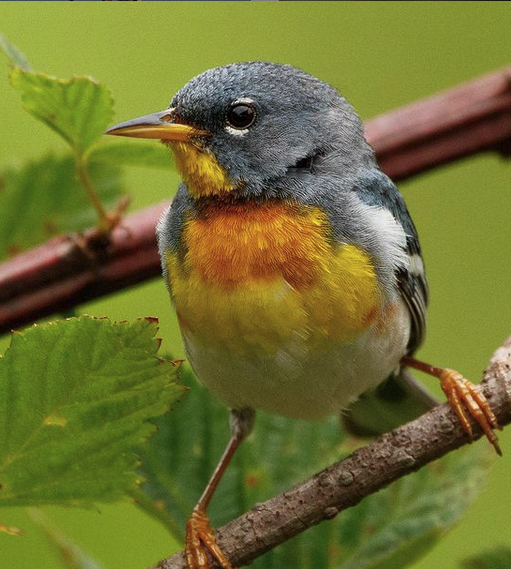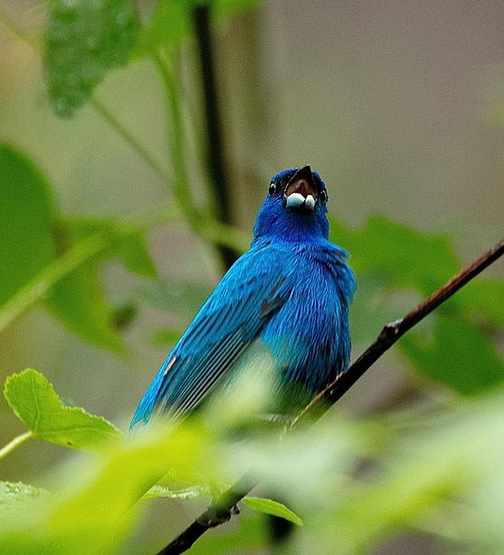One of our most colorful part time avian residents of NC is the Northern Parula.

These little birds are absolutely beautiful if you’re lucky enough to get a close up look at one. It isn’t easy though as Parulas tend to forage in the treetops during the summer months. That being said, once autumn arrives their behavior changes as they begin to hunt for their meals a little lower towards the ground.
I spotted this one at Yates Mill Park and was pleased that he stopped moving around long enough for me to grab a couple pics.
Measuring just 11.4 cm, Northern Parulas are one of North America’s smallest species of Warbler and due to their energetic habits they can be tough to see or photograph. Happily though, they do respond well to pishing and will sometimes swoop in close to you to get a better look at who’s making all that swoooshing noise.
Parulas breed across the eastern United States and north up into eastern Canada. They favor habitats in swamps and wooded wetlands where Spanish Moss is present as this is their preferred nesting material.
Though they can be tough to actually see in the dense leafy canopy’s of the treetops you can certainly find them by listening for their distinctive buzzy trill call from above.
The Northern Parulas will only stick around NC through early October so you’ve still got a little time to enjoy them before they head south for the winter.
Photos by @sally_siko of @birdwatching_nc on the mighty @canonusa
#5ds






















